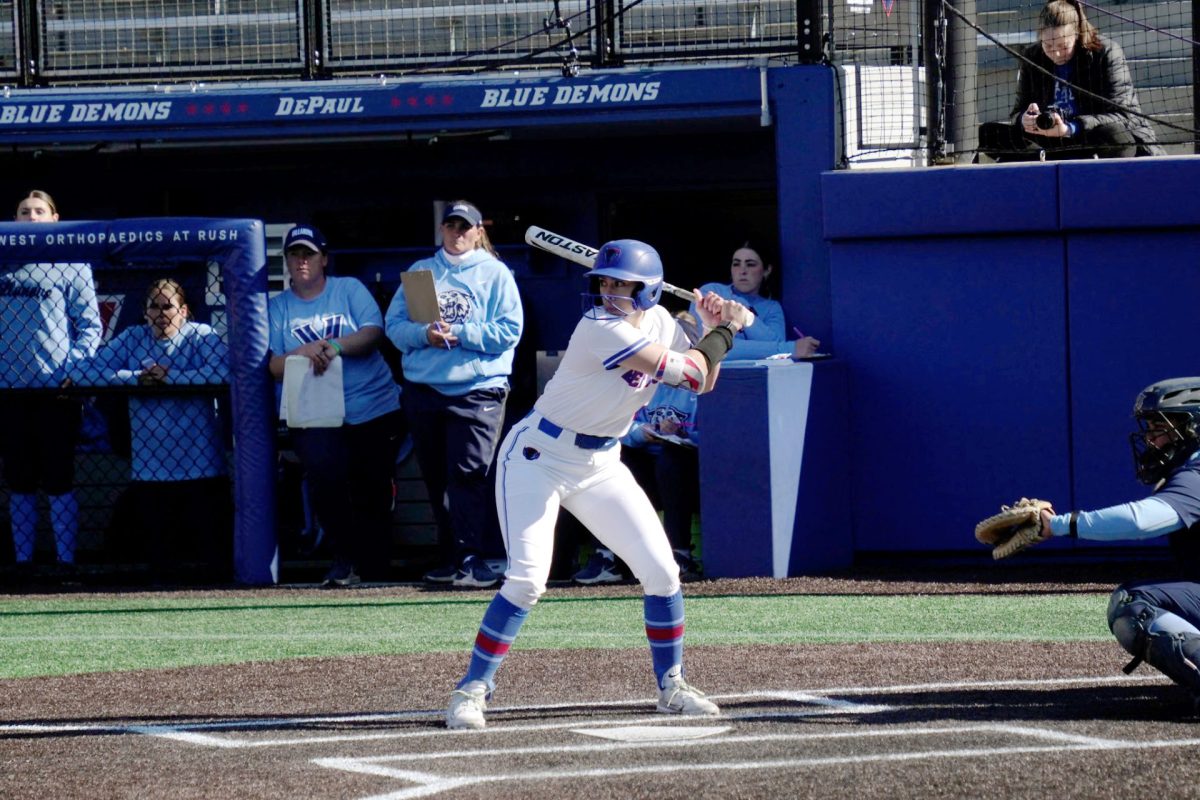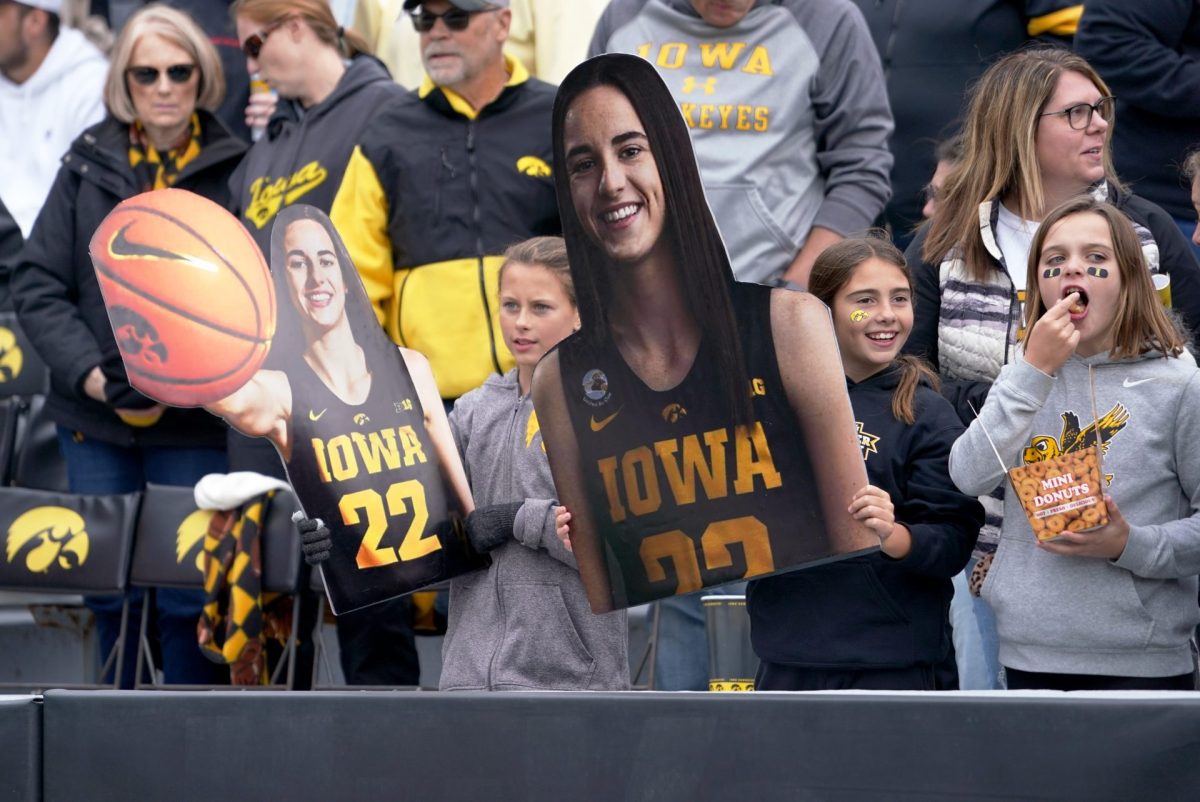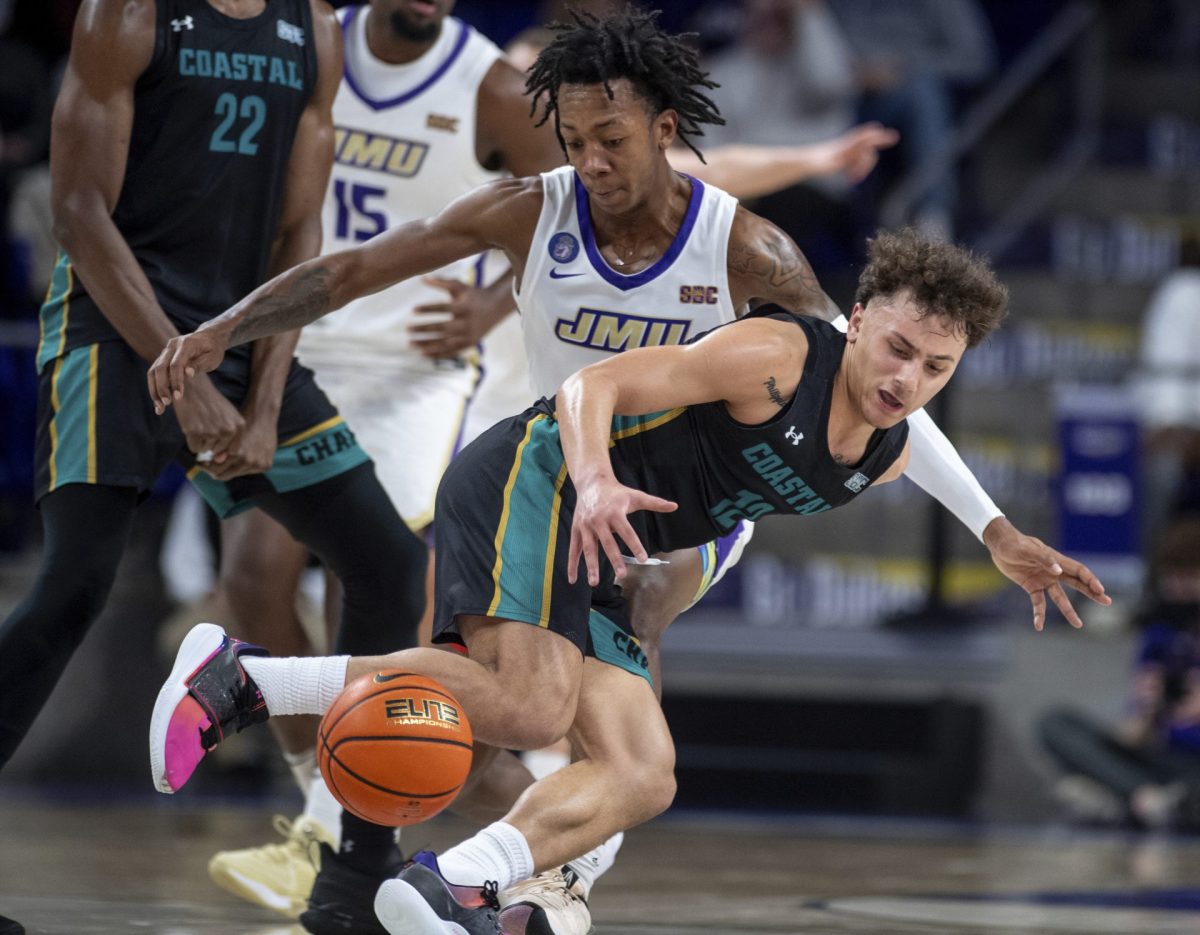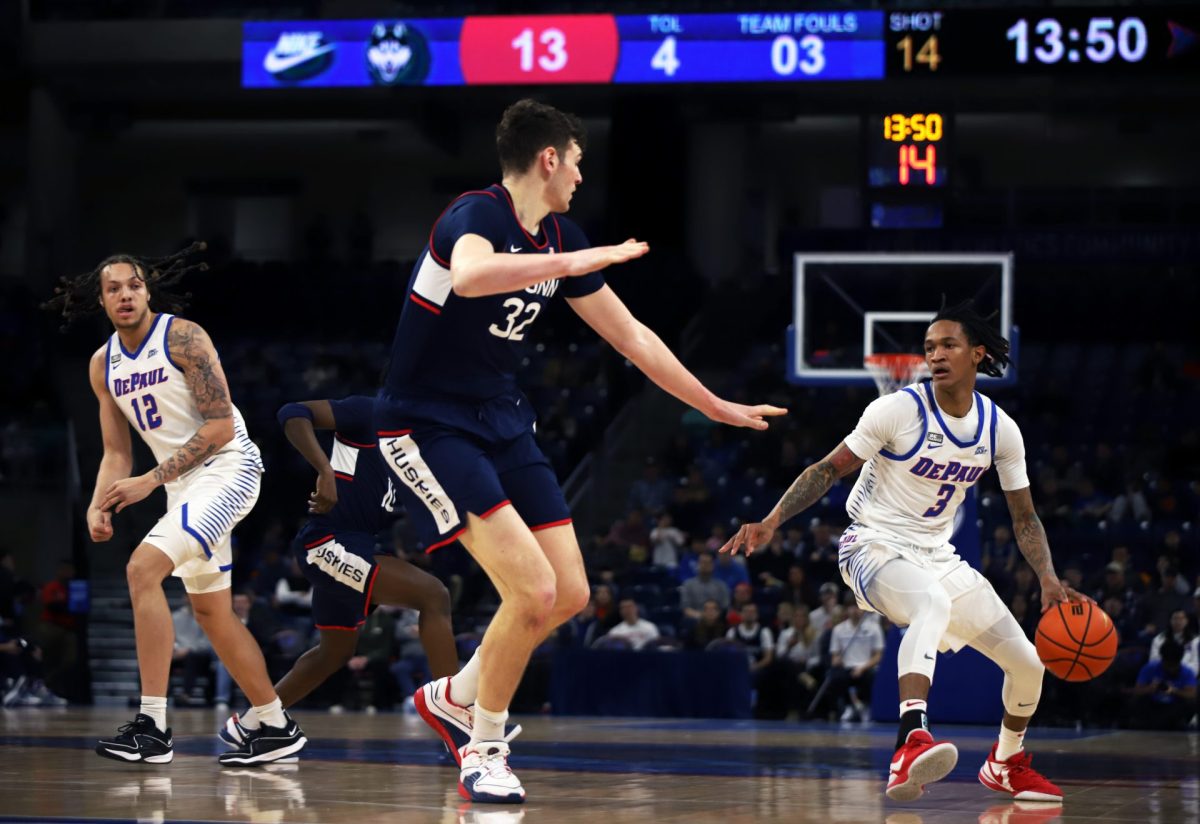In early December, the Big East introduced its newest additions: Houston, SMU and Central Florida for all sports and Boise State and San Diego State as football only member schools, effective in 2013.
The Big East Conference, depleted by the planned departures of Syracuse, Pittsburgh and West Virginia, is trying to rebuild as a 12-team football conference with a western division.
Boise State and San Diego State will be arriving from the Mountain West Conference, while Houston, SMU and UCF will depart from Conference USA.
But will the schools coming in be able to replace the schools leaving?
“Every time the Big East has reinvented itself, it’s made itself stronger,” said DePaul Athletic Director Jeanne Lenti-Ponsetto in an interview.
With more expansion expected in the future, the five-school growth should be just the first step in a continuing process of rebuilding.
“We have ambitious plans, and this expansion is a great stride toward reaching them,” said Big East Conference commissioner John Marinatto.
The Big East has also been pursuing Air Force and Navy as football only members, but those schools have yet to commit.
Despite Boise State and San Diego State coming in as football only schools, Lenti-Ponsetto sees them as positive additions even for DePaul.
“I think San Diego State and Boise [State] bring an awful lot to the football equation,” said Lenti-Ponsetto. “For DePaul in particular, I think it will give us some greater visibility as an institution in some markets that we currently don’t have a lot of recognition in. I think it’s good for our DePaul brand.”
At the moment, the Big East has only five football members committed to the conference beyond this season: Connecticut, Cincinnati, Louisville, Rutgers and USF. It also has seven schools that do not play major college football and Notre Dame, which competes in the Big East in everything but football.
Marinatto has pledged to hold Pittsburgh, Syracuse and West Virginia in the conference until 2014, however, in accordance with Big East bylaws. West Virginia wants to join the Big 12 in 2012 and has sued the Big East to get an early release. The Big East filed a countersuit to keep West Virginia in the conference.
Pittsburgh and Syracuse intend to join the Atlantic Coast Conference as soon as possible, but are not challenging the Big East’s bylaws.
“I think that everybody respects that those are their institutional decisions. If they think that there is a better opportunity that resonates for them from an institutional philosophy both academically and athletically, that’s certainly their choice to make those decisions,” said Lenti-Ponsetto. “I thought the profile of what we had in the Big East was good but from DePaul’s perspective, we like the alignment of the institutions. We would have been very satisfied had it stayed the way it was but with change comes a good opportunity for us.
“We’re very much so looking forward to the new members coming in and we wish those that are going out all the best. I don’t think anybody takes it personal,” she continued.
Historically, maintaining a strong football league has been difficult. Miami, Virginia Tech and Boston College left the Big East for the ACC in 2004 and ’05, and the league seemed on the verge of extinction.
To avoid a premature fold, the Big East expanded, bringing in Louisville, Cincinnati, South Florida, DePaul and Marquette.
The additions revitalized the football league for a few years and Big East basketball, with 16 members, has been better than ever.
Though the recent expansion affects all traveling teams within the conference, the newest additions are primarily in place to capitalize on the lucrative football and television markets. Boise State has been one of the most successful programs in the country over the last decade, playing mostly in the Western Athletic Conference before joining the MWC this season. The Broncos are 72-6 over the last five seasons with two BCS victories.
The four other incoming schools are in far more visible and profitable markets, none of which fall outside of the top 30 in the nation.
The Big East is hoping that a combination of on-field success and potential television viewership will help the league land a new TV deal that can keep it competitive with the other top conferences, many of which have signed long-term TV contracts worth more than $1 billion.
Despite not being committed to play any of our football only conference schools, Lenti-Ponsetto does see potential for some future meetings for the teams.
“We won’t have any regular season competition with San Diego State and Boise [State] in any sports, so none of our teams will be traveling to those places. It may be that in men’s and women’s basketball or maybe over a winter break or something, when would be making a regular trip to California, that maybe we would look to play San Diego State or Boise State along the way,” said Lenti-Ponsetto. “But there is no commitment on the part of the full members to play the football-only members.”
The concern over some of the other schools being farther out for competition doesn’t concern Lenti-Ponsetto when discussing the travel of non-revenue sports.
“No, not at all because where we are geographically located, when we were in Conference USA, we used to go to Dallas and Houston all the time,” said Lenti-Ponsettto. “Houston was actually in Conference USA with us, and we’ve always gone to Florida because we’ve always been in a league with South Florida so going to Orlando isn’t any different. For us, we’re going to get on a two-hour flight whether or not we have to go to Syracuse or Houston so it’s really just replacing the same air travel we had with Syracuse, Pitt, and West Virginia. In the case of SMU and Houston, we did that before when we were in Conference USA.”
DePaul wasn’t a huge player in talks with its status as a football-less school, but to keep the Big East brand that is okay.
“We like the cache and the profile of being associated with the BCS conference. For us it’s been a very good association and relationship,” said Lenti-Ponsetto. “In order to continue to be aligned with a BCS conference, we had to do all that we could to support the football side of the conference so that they could continue to maintain their status as a BCS conference. I think that was the feeling and the sentiment for all of the basketball schools. Everybody mutually agreed that we’ve got to do what’s in the best interest of football right now.
“We know that we have a strong brand in men’s and women’s basketball. We needed to get that situation settled so we could stabilize our football and our BCS status.”
Lenti-Ponsetto doesn’t see mega conferences as imminent despite the moves made by the ACC and the Big 12.
“I think the conferences need to be formed based on lots of things but I think philosophically you have to be aligned academically as institutions to start with. I think there is some factor of geography,” said Lenti-Ponsetto. “I don’t have a feeling one way or the other, I just don’t see it in the near future as being the most important next step that’s on the horizon for conferences. A couple of conferences have kind of extended their reach a little bit and I think you have to wait and see how that settles out to see if that’s a good thing.”







